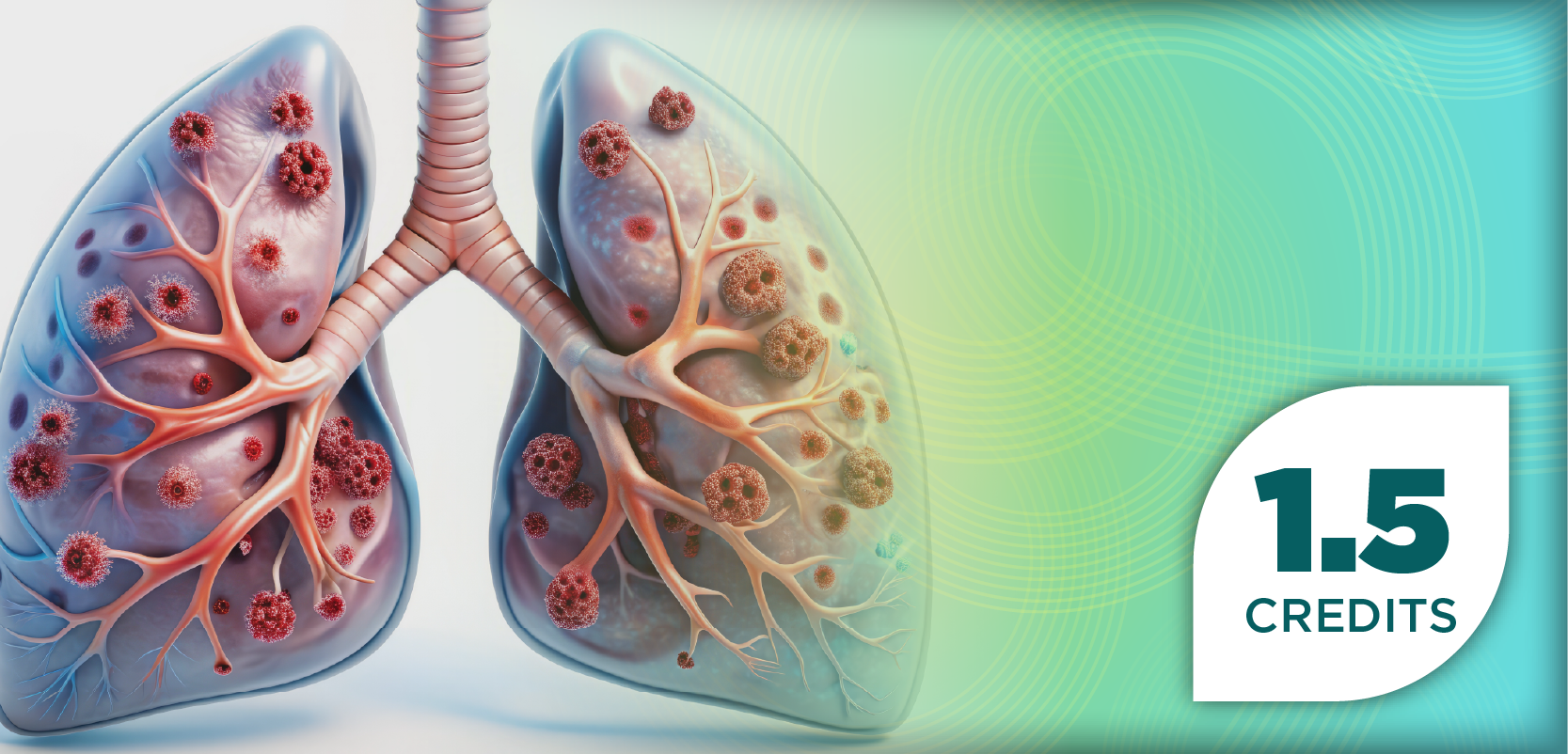
|Articles|January 18, 2022
Pharmacy Clinical Pearl of the Day: Glaucoma
Author(s)Saro Arakelians, PharmD
If glaucoma is recognized early, vision loss can be slowed or prevented.
Advertisement
Clinical Pearl of the Day: Glaucoma
Glaucoma is a group of eye conditions that damage the optic nerve, the health of which is vital for good vision.
Insight:
- This damage is often caused by abnormally high pressure in your eye.
- Glaucoma is one of the leading causes of blindness for people over 60 years of age. It can occur at any age but is more common in older adults.
- Many forms of glaucoma have no warning signs. The effect is so gradual that you may not notice a change in vision until the condition is at an advanced stage.
- Because vision loss due to glaucoma can't be recovered, it's important to have regular eye exams that include measurements of eye pressure so a diagnosis can be made in its early stages and treated appropriately.
- If glaucoma is recognized early, vision loss can be slowed or prevented.
- There may be several types of glaucoma, including open-angle glaucoma, normal-tension glaucoma, and acute-closure glaucoma.
- Glaucoma is the result of damage to the optic nerve.
- Risk factors may include being over 60 years of age; being Black, Asian, or Hispanic; having a family history of glaucoma; having eye surgery; or taking specific medications.
- Treatment may include prostaglandins, beta blockers, alpha-adrenergic agonists, carbonic anhydrase inhibitors, rho kinase inhibitors, and miotic or cholinergic agents.
Sources:
Newsletter
Stay informed on drug updates, treatment guidelines, and pharmacy practice trends—subscribe to Pharmacy Times for weekly clinical insights.
Advertisement
Latest CME
Advertisement
Advertisement
Trending on Pharmacy Times
1
How Pharmacists Can Close the Opioid Addiction Care Gap
2
US Measles Cases Climb, Raising Questions About Preparedness and Prevention
3
FDA Awards National Priority Voucher to Teclistamab Plus Daratumumab in Relapsed/Refractory Multiple Myeloma
4
The Return of Belantamab Mafodotin: Past Lessons, Present Promise, and Future Impact
5

















































































































































































































